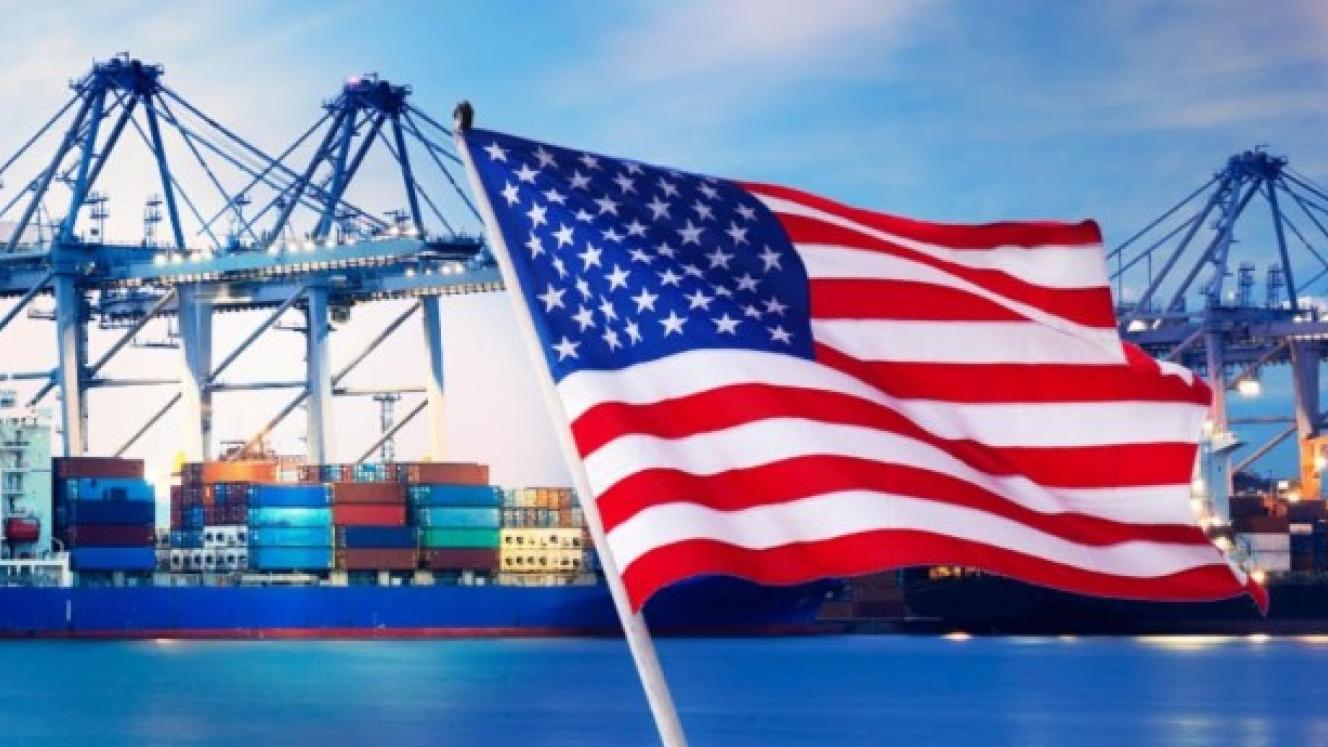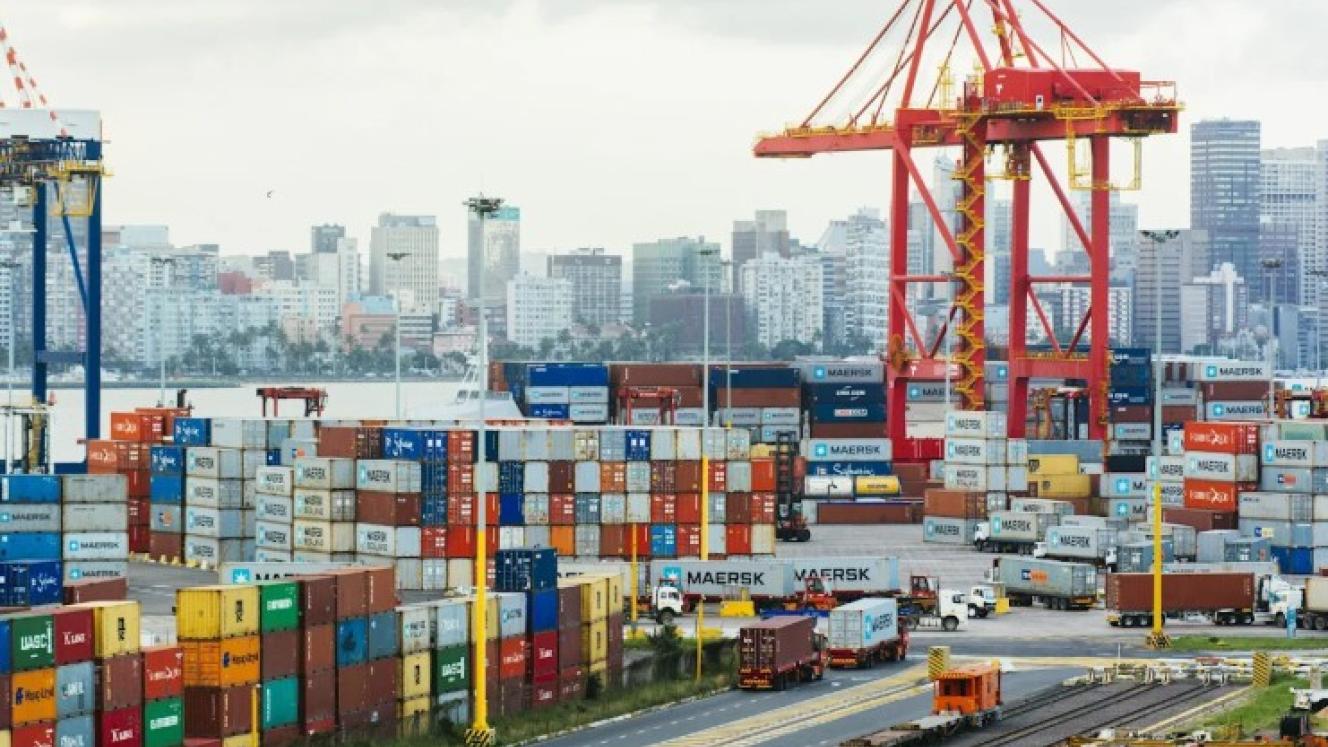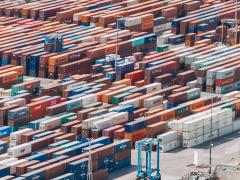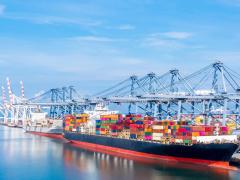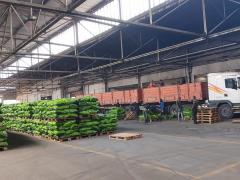South African exporters to the United States remain resolute in the face of fluctuating tariff developments, sustaining shipment volumes to America’s East Coast despite a 30% increase in duties since August 7.
Shippers and their freight forwarding agents should also exercise caution when making decisions based on the US Federal Appeals Court ruling over the past weekend, which found that President Donald Trump exceeded his presidential authority by using emergency powers under the International Emergency Economic Powers Act (IEEPA) to impose broad tariffs on imports from about 80 countries.
That’s according to Terry Gale, chairperson of Exporters Western Cape, who points out that Washington has until October 1 to appeal this ruling, leaving any tariff-related adjustments up in the air.
“It’s difficult to say as nothing is certain,” he said when asked whether the decision was a window of opportunity for forwarders to negotiate better terms for shippers.
“Anything can happen, and we know how stubborn Trump can be.
“What’s nice to see is that exporters are staying the course, sending loads to the US no matter what.”
He said this was partly because of contractual obligations to clients in the US.
“Manufacturers and fruit producers in the Western Cape can’t all of a sudden stop sending shipments just because Trump is on the war path against imports.”
He said he knew of at least one manufacturer of fine wood wares in Atlantis that simply could not stop exports to the US just because of escalating costs.
Gale, a forwarder himself from Gale Lotheringen Freight Consultants, said the best thing shippers could do between now and October 1, when more certainty is hopefully expected, was to continue paying CIF and CFR duties – respectively cost in freight, and cost, insurance and freight.
He said while US clients preferred DDP and DAP fees – delivered duty paid and delivered at place – agents had a responsibility to their clients to carefully navigate the current SA-US tariff environment, and that shippers should ask for daily trade updates from their service providers.
Dawie Roodt, chief economist at the Efficient Group, also said it was too soon to tell what was going to happen in the US regarding “reciprocal tariffs”.
He said there had been an inverse effect since the August 7 tariff increases came into effect.
“The revenue generated from the tariffs is more than initially projected and, in comparison to this, the anticipated price-point impact of imported consumer goods subjected to tariffs isn’t as bad as initially thought.”
This has been confirmed by trade data in the US, where revenue-from-tariffs shows an initial increase of $20 billion since the new duties came into effect – up from $30bn.
Roodt also said that the feared inflationary pressure on US consumers in relation to tariffs had failed to bite.
Analysts noted that import prices remained resilient, and consumers had absorbed only a fraction of tariff costs so far.
However, estimates suggest the share passed to consumers could rise from 22% to around 70%.
Roodt said the positive effect of the tariffs suggested that Trump would have the final say about what was good and what was not for the US economy.
